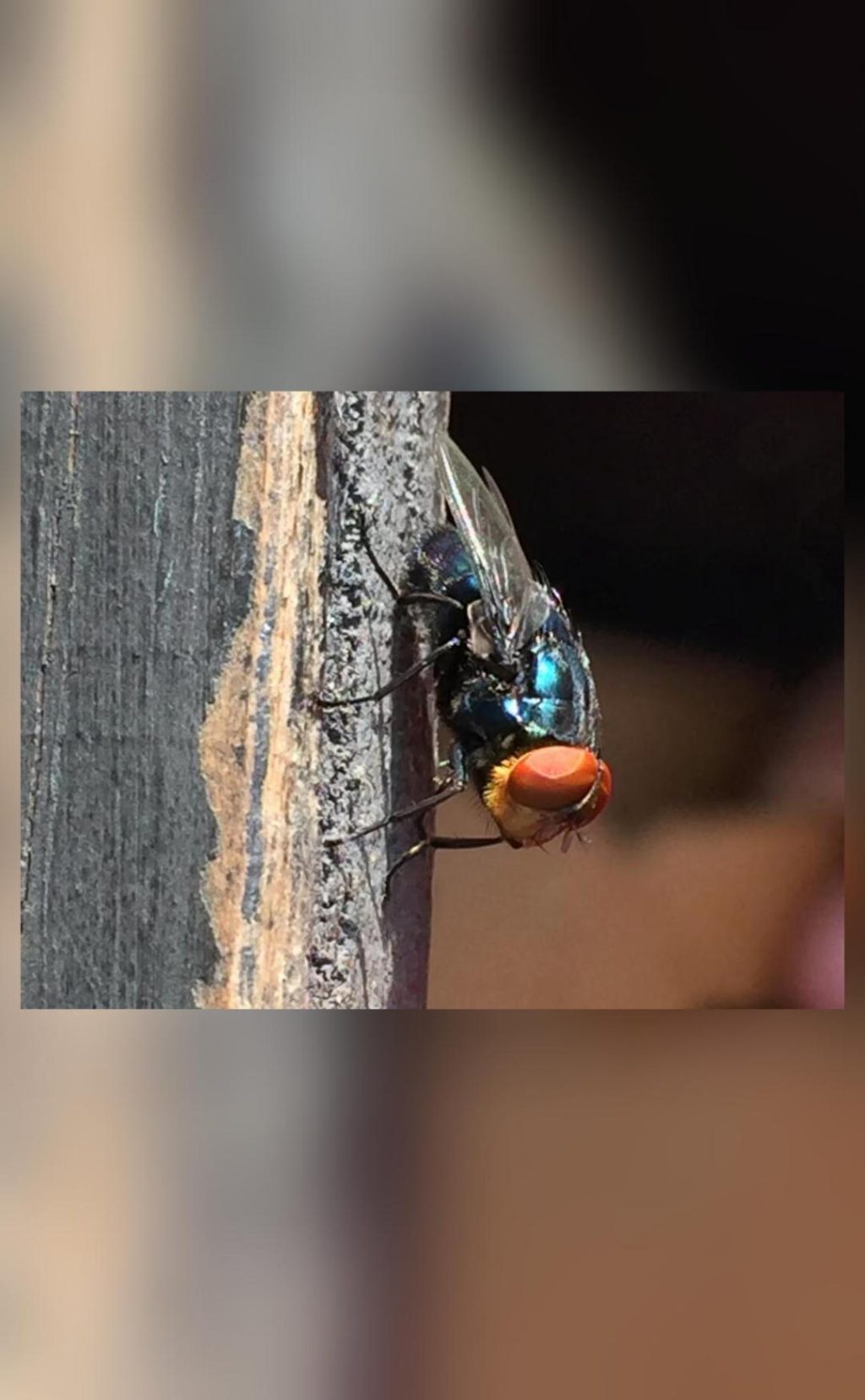
Why is US planning to breed screwworm flies & dump them from planes over Mexico?
The United States government has announced plans to breed billions of male screwworm flies and release them over Mexico and southern Texas to protect its beef industry from the flesh-eating larvae of the New World screwworm fly. This unusual strategy aims to control the population of the fly, which can cause significant damage to cattle and other animals.
According to a recent report, the US government has been planning to launch this massive fly-breeding program to combat the New World screwworm fly, which is native to Central and South America but has been spotted in the southern United States and northern Mexico. The fly’s larvae feed on the flesh of warm-blooded animals, including cattle, horses, and even human beings.
To understand the significance of this program, let’s delve into the history of the New World screwworm fly. The fly was first detected in the United States in 2016, and since then, it has spread to several states, including Florida, Georgia, and Louisiana. The fly’s presence has been a major concern for the US beef industry, as it can cause significant economic losses.
The US Department of Agriculture (USDA) has been working with the US Department of Defense to develop a strategy to control the spread of the fly. The plan involves breeding billions of male screwworm flies and sterilizing them using radiation. The sterilized male flies will then be released over Mexico and southern Texas to mate with wild female flies, resulting in no offspring.
The idea behind this strategy is that the sterilized male flies will mate with wild female flies, but the eggs they produce will not hatch. This will eventually lead to a decline in the screwworm fly population. The program is expected to be launched in the coming months, with the first batch of sterilized male flies being released over Mexico and southern Texas.
The USDA has chosen this method because it is considered more effective and environmentally friendly than other methods of controlling the fly population. The program is also expected to be more cost-effective than other methods, which can cost millions of dollars.
The breeding and sterilization process is complex and requires specialized facilities. The male flies will be bred in a controlled environment, and then sterilized using radiation. The sterilized flies will be packaged in specialized containers and transported to the release sites.
Once the flies are released, they will be carried by wind and other environmental factors to their destination. The flies will then mate with wild female flies, and the eggs they produce will not hatch. The process will be repeated multiple times to ensure that the screwworm fly population declines.
The US government has chosen Mexico and southern Texas as the release sites because these areas are closest to the US-Mexico border. The fly is more prevalent in these areas, and the release of the sterilized male flies is expected to have the greatest impact on the population.
While the program may seem unusual, it has been used successfully in the past. In the 1950s and 1960s, the US government used a similar method to eradicate the Mediterranean fruit fly, which was causing significant damage to crops in the southern United States.
The USDA has assured that the program will not harm humans or the environment. The sterilized male flies will not bite or sting, and they will not cause any harm to humans or animals. The program is also expected to be closely monitored to ensure that it is effective and safe.
In conclusion, the US government’s plan to breed and release sterilized screwworm flies over Mexico and southern Texas is an innovative and effective strategy to control the spread of the New World screwworm fly. The program aims to protect the US beef industry from the fly’s larvae, which can cause significant economic losses. While the program may seem unusual, it has been used successfully in the past, and it is expected to be a game-changer in the fight against this flesh-eating pest.






